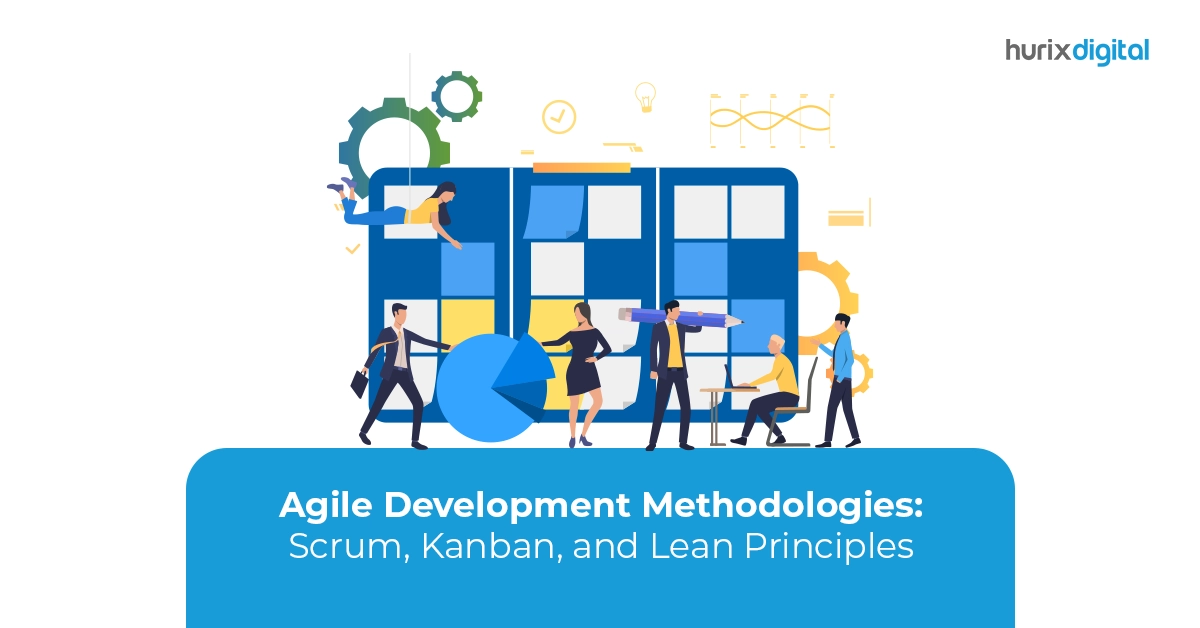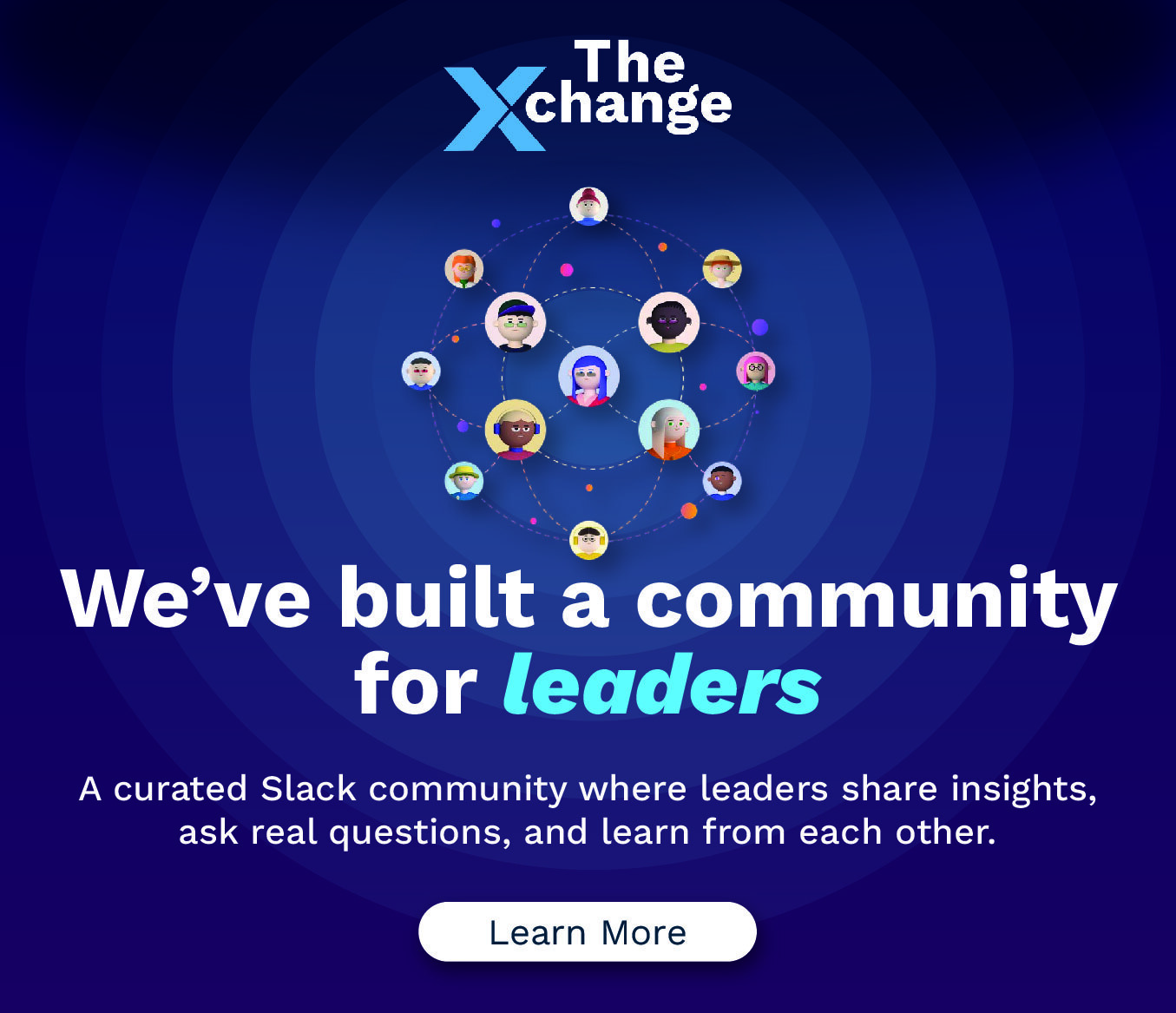
Agile Development Methodologies: Scrum, Kanban, and Lean Principles
Summarize with:
The year 2001 witnessed a slowdown in the traditional waterfall methodology, which was unable to maintain the pace of the evolving technological infrastructure. A group of Agile teams brainstormed various solutions and came up with Agile Methodologies.
The collaboration of professionals led to the formulation of 12 core principles and an Agile manifesto that served as the foundation for the Agile methodology in website development. Agile methodology encompasses Scrum, Kanban, and Lean, each with its unique characteristics.
In this overview, we explain each framework to assist you in determining the most suitable approach for your project and team management.
Table of Contents:
What Exactly is an “Agile Framework”?
In contemporary website development, an Agile Framework refers to prioritizing individuals and interactions over processes and tools. Further, it is about giving preference to working software more than comprehensive documentation.
Customer collaboration is considered more important than contract negotiation, and responding to change becomes more necessary than following a plan.
Agile website development is not a singular methodology but rather a collection of methodologies and frameworks. “Agile Framework” can be viewed as a framework that guides decision-making and thought processes.
Adherence to Agile Principles
Agile was introduced in 2001 with the Agile Manifesto, aimed at enhancing productivity and extending its reach. For the successful completion of any project, the management must adhere to the 12 core Agile principles as mentioned in the Agile Manifesto:
- The foremost objective of Agile teams is to satisfy the customer by delivering valuable software continuously.
- Embrace changes in requirements.
- Ensure frequent delivery of functional software.
- Encourage daily collaboration.
- Structure projects around motivated individuals.
- Prioritize face-to-face communication.
- Measure progress primarily by the delivery of working software.
- Promote sustainable website development practices.
- Maintain continuous focus on technical excellence and design principles.
- Embrace simplicity.
- Promote self-organizing teams.
- At regular intervals, consider how to become more effective.
Today, the majority of Fortune 500 Companies prefer Agile. 61% of companies prefer the Agile approach mainly due to an improved approach to software and website development and delivering efficiencies.
Let us delve deeper into individual frameworks that come under Agile – Scrum, Kanban, and Lean!
Also Read: The Ultimate Guide to Front-End Website Development
Scrum
The Scrum framework stands as one of the most extensively utilized frameworks within Agile teams.
Defined by the Scrum Guide, Scrum is: “A framework within which people can understand problems, and productively deliver high-quality and high-value products.”
Scrum comprises the following roles:
- Product Owner
- Scrum Master
- Development Team
Additionally, it includes Scrum events like:
- Planning Meeting
- Daily Scrum
- Sprint Review
- Sprint Retrospective
- Backlog, Sprint Backlog, Product Increment.
Significance of Scrum in 2024
The word “Scrum” is derived from rugby, which means a formation of players around the ball. This word describes that teamwork is essential for advancing a project “downfield.”
Teams implementing Scrum demonstrate a remarkable 250% enhancement in quality as compared to those who don’t.
Key Features of Scrum
Scrum operates as an incremental framework for software development. It facilitates short cycles for rapid feedback and adaptation to evolving requirements.
Work occurs in sprints, typically lasting one to four weeks. Sprint planning focuses on items from a prioritized product backlog, to deliver working software at the sprint’s conclusion.
How Does Scrum Work?
Outlined below are the steps and functionalities within the Scrum framework:
- A sprint is a fixed timeframe, not exceeding one calendar month. Scrum teams deliver features at the end of each sprint.
- Before the start of each sprint, the team conducts sprint planning to decide on the tasks to be addressed during the sprint.
- A crucial event within a sprint is the daily scrum, to discuss daily progress, tasks for the current day, and any obstructions to progress.
- Following the sprint, the team holds a sprint review to determine the next steps based on outcomes.
- Lastly, the sprint retrospective is conducted, where the team reflects on the previous sprint and identifies areas for improvement in the upcoming sprint.
The framework contains effective team structures, visual workflows, events, and terminology.
Kanban
Kanban is an agile framework centered around visual management. Its primary objective is to optimize visual workflows in a continuous delivery fashion.
Kanban doesn’t adhere to a fixed schedule and focuses on shipping features as soon as they are completed.
How Does Kanban Operate?
Here is a step-by-step procedure for working with Kanban:
- The Kanban agile framework revolves around a Kanban board. It is a visual workflow that highlights the project roadmap.
- It is partitioned into columns that represent tasks to be addressed, tasks in progress, and completed tasks.
- Teams personalize their visual workflow stages and adhere to the operational processes.
- The product owner collaborates with stakeholders to compile a list of features, according to the to-do column of the Kanban board.
- Individual features and tasks are depicted by single cards.
- Team members select or are assigned tasks to work on. They further make progress on the selected tasks using each visual workflow stage until completion.
- Kanban encourages daily meetings to review workflow progress.
Kanban principles that enhance efficiency:
- Enforce Work-in-Progress limits – It restrains the number of concurrent WIP tasks so that the team can work within its capacity.
- Maintain existing roles and responsibilities and efficiency levels.
- Measure success using ‘Cycle time’ which means the duration to complete a task
- Implement feedback through daily meetings that facilitate continuous improvement and a refined visual workflow.
Lean Software Development
The primary objective of the Lean approach is to guide teams in constructing products while minimizing waste.
Waste, in this context, encompasses anything that does not directly or indirectly contribute value to the final product.
This focuses on eliminating inadequacies in the manufacturing process. The three main sources of inefficiency include:
- Waste – Which arises from defects or overproduction
- Overburden – This affects personnel and machinery, leading to absenteeism, or safety issues.
- Unevenness – Results from fluctuating customer demand or variations in product completion times.
How Does Lean Software Development Function?
Lean advocates use the Minimum Viable Product strategy. Initially, teams release a basic version of their product to the market and observe user reactions and preferences.
It later enhances the product based on feedback received. This process means that the initial product concept may evolve based on user input.
Lean Software Development Principles
Similar to Kanban, Lean Software Development does not prescribe strict events in software development. Its key principles include:
- Incorporate quality measures to avoid unnecessary quality checks
- Document tools, processes, and components to reduce knowledge gaps within teams.
- Prioritize delivering value to customers quickly.
- Empower team members, particularly those closest to the product.
- Focus on optimizing workflow processes and hiring professionals.
Also Read: AEM Development Services: How to Choose the Right Provider for Your Project?
Conclusion
It is evident how the Scrum, Kanban, and Lean frameworks within the agile software development methodology, are superior methods with unique areas of strengths and advantages.
You can also opt for a hybrid approach, utilizing a combination of two or all three frameworks within Agile teams simultaneously. It’s essential to identify what best suits your team’s needs and adapt the system accordingly to achieve optimal results.
Hurix Digital helps organizations implement technologies and frameworks according to their unique requirements. Special efforts are made to ensure clients receive the latest and best forms of technology and industry standards.
Get in touch with us today to embark on a secure and inspiring digital learning journey in 2024.
Summarize with:

Vice President & SBU Head –
Delivery at Hurix Technology, based in Mumbai. With extensive experience leading delivery and technology teams, he excels at scaling operations, optimizing workflows, and ensuring top-tier service quality. Ravi drives cross-functional collaboration to deliver robust digital learning solutions and client satisfaction
 A Space for Thoughtful
A Space for Thoughtful 
